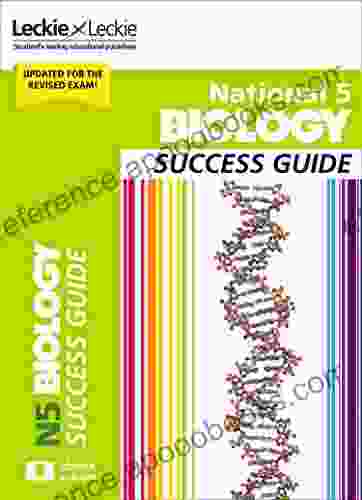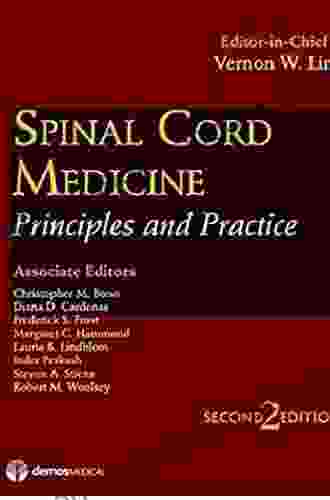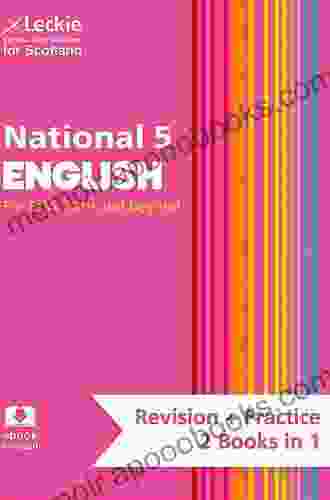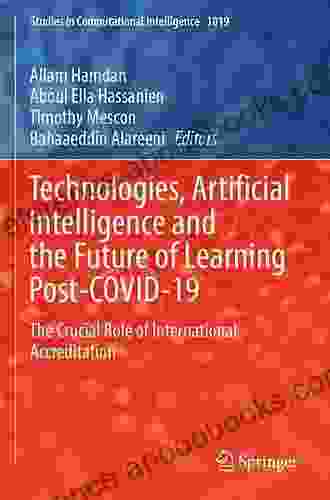Unveiling the Transformative Power of Artificial Intelligence in Post-COVID-19 Learning: A Journey into Technologies, Artificial Intelligence, and the Future of Education

: A Paradigm Shift in Education
The COVID-19 pandemic has profoundly reshaped the educational landscape, accelerating the adoption of digital technologies and sparking a paradigm shift in the way we learn and teach. Amidst this transformative period, artificial intelligence (AI) emerges as a powerful catalyst, poised to revolutionize learning experiences and shape the future of education.
Exploring the AI Landscape in Education
Artificial intelligence encompasses a broad spectrum of technologies that enable computers to perform tasks that typically require human intelligence, such as learning, reasoning, and problem-solving. In the realm of education, AI offers an unprecedented toolkit to enhance teaching and learning, promising to personalize experiences, augment instructional practices, and foster lifelong learning.
5 out of 5
| Language | : | English |
| File size | : | 30280 KB |
| Text-to-Speech | : | Enabled |
| Enhanced typesetting | : | Enabled |
| Print length | : | 1191 pages |
| Screen Reader | : | Supported |
1. Personalized Learning: Tailored to Individual Needs
AI-powered learning platforms analyze individual student data, such as learning styles, strengths, and areas for improvement. Based on this analysis, AI algorithms create personalized learning paths, recommending tailored content, exercises, and activities that cater to each student's unique needs. This approach empowers learners to progress at their own pace, addressing their specific challenges and maximizing their potential.
2. Intelligent Tutoring Systems: Interactive Learning Companions
Intelligent tutoring systems (ITSs) leverage AI to provide real-time support to learners. By simulating human tutors, ITSs offer personalized guidance, answer questions, and provide feedback on students' work. This constant support enhances understanding, promotes critical thinking, and fosters self-directed learning.
3. Adaptive Learning Platforms: Flexibility and Engagement
Adaptive learning platforms employ AI algorithms to track student progress and adjust the learning content accordingly. These platforms identify areas where students need additional support and provide targeted interventions. By responding to student performance in real-time, adaptive learning ensures that learners remain engaged, motivated, and on track for success.
4. Natural Language Processing: Enhancing Communication and Understanding
Natural language processing (NLP) technologies enable AI systems to understand and process human language. In education, NLP facilitates seamless communication between students and teachers through chatbots and virtual assistants, providing personalized support, answering questions, and clarifying concepts. Additionally, NLP powers automated essay scoring systems, offering swift and accurate feedback to learners.
5. Gamification and Learning Analytics: Motivation and Insight
AI-driven gamification transforms learning into an engaging and rewarding experience. By incorporating game mechanics, such as points, badges, and leaderboards, AI platforms motivate learners, foster healthy competition, and make learning enjoyable. Furthermore, learning analytics tools powered by AI gather and analyze data on student engagement, performance, and preferences. This data provides valuable insights for educators, enabling them to refine their teaching strategies and improve the overall learning environment.
The Future of Learning: AI as a Transformative Force
As artificial intelligence continues to evolve and integrate into education, its impact on the future of learning is profound and far-reaching. AI technologies have the potential to:
1. Foster Lifelong Learning: Continuous Knowledge Acquisition
AI-powered learning platforms make education accessible beyond traditional classrooms, facilitating lifelong learning for individuals of all ages and backgrounds. With personalized content and tailored learning experiences, AI empowers learners to continuously expand their knowledge and skills, adapting to the rapidly changing demands of the modern world.
2. Empower Educators: Enhanced Teaching and Assessment Practices
AI assists educators in various ways, from optimizing lesson plans to automating administrative tasks. By analyzing student data, AI can identify areas where students struggle, enabling teachers to provide targeted support and interventions. AI-powered grading tools also streamline the assessment process, reducing workload and freeing up more time for educators to focus on personalized instruction.
3. Foster Collaboration and Peer Learning: Nurturing a Community of Learners
AI-driven platforms facilitate collaboration and peer learning by connecting students from diverse geographical locations. Through virtual study groups, discussion forums, and project-based activities, AI promotes knowledge sharing, teamwork, and the development of critical thinking skills.
4. Create Equitable and Inclusive Learning Environments: Bridging Gaps and Empowering All Learners
AI has the potential to bridge educational gaps and empower all learners, regardless of their background or learning style. By providing personalized learning experiences, tailored to individual needs, AI ensures that every student has an equal opportunity to succeed. Additionally, AI-powered assistive technologies can support learners with disabilities, providing them with the tools and accommodations they need to fully participate in the learning process.
: A New Era of Learning
As we venture into the post-COVID-19 era, artificial intelligence stands poised to unleash its transformative potential within education. By personalizing learning experiences, empowering educators, and fostering collaboration, AI has the power to create equitable and inclusive learning environments, revolutionize teaching and assessment practices, and foster lifelong learning. As we embrace this new era of learning, the future of education appears brighter than ever, illuminated by the transformative power of artificial intelligence.
5 out of 5
| Language | : | English |
| File size | : | 30280 KB |
| Text-to-Speech | : | Enabled |
| Enhanced typesetting | : | Enabled |
| Print length | : | 1191 pages |
| Screen Reader | : | Supported |
Do you want to contribute by writing guest posts on this blog?
Please contact us and send us a resume of previous articles that you have written.
 Book
Book Novel
Novel Page
Page Chapter
Chapter Text
Text Story
Story Genre
Genre Reader
Reader Library
Library Paperback
Paperback E-book
E-book Magazine
Magazine Newspaper
Newspaper Paragraph
Paragraph Sentence
Sentence Bookmark
Bookmark Shelf
Shelf Glossary
Glossary Bibliography
Bibliography Foreword
Foreword Preface
Preface Synopsis
Synopsis Annotation
Annotation Footnote
Footnote Manuscript
Manuscript Scroll
Scroll Codex
Codex Tome
Tome Bestseller
Bestseller Classics
Classics Library card
Library card Narrative
Narrative Biography
Biography Autobiography
Autobiography Memoir
Memoir Reference
Reference Encyclopedia
Encyclopedia Sean Glennon
Sean Glennon Rodney Friend
Rodney Friend Adolph Barr
Adolph Barr Robert Chandler
Robert Chandler Cheryl Cashin
Cheryl Cashin Thorsten Walch
Thorsten Walch Don Emby
Don Emby Mike Pearson
Mike Pearson Marvin Kalb
Marvin Kalb Peter M Prendergast
Peter M Prendergast Evelyn M Simien
Evelyn M Simien Robert Carl
Robert Carl Tom Teller
Tom Teller Charles Yu
Charles Yu Peter Geiger
Peter Geiger Irene Flores
Irene Flores Olympe Audouard
Olympe Audouard Adrian Van Young
Adrian Van Young A L Jambor
A L Jambor Roger Pierangelo
Roger Pierangelo
Light bulbAdvertise smarter! Our strategic ad space ensures maximum exposure. Reserve your spot today!

 Mikhail BulgakovPractical Guide to Innovations in Performance and Repertoire: A Comprehensive...
Mikhail BulgakovPractical Guide to Innovations in Performance and Repertoire: A Comprehensive...
 Maurice ParkerThe Most Complete Guitar Course Available: Belwin 21st Century Guitar Course
Maurice ParkerThe Most Complete Guitar Course Available: Belwin 21st Century Guitar Course Jason ReedFollow ·9.7k
Jason ReedFollow ·9.7k Cody BlairFollow ·14.3k
Cody BlairFollow ·14.3k Fred FosterFollow ·19.3k
Fred FosterFollow ·19.3k Mark TwainFollow ·9.7k
Mark TwainFollow ·9.7k Cade SimmonsFollow ·9.8k
Cade SimmonsFollow ·9.8k Harold PowellFollow ·4.6k
Harold PowellFollow ·4.6k Dallas TurnerFollow ·13.2k
Dallas TurnerFollow ·13.2k Ernest HemingwayFollow ·9.3k
Ernest HemingwayFollow ·9.3k

 Justin Bell
Justin BellUnlock National Biology Success: The Ultimate Guide to...
Mastering the Fundamentals: A Comprehensive...
 Luke Blair
Luke BlairAC/DC: The Early Years with Bon Scott – A Thunderstruck...
In the annals of rock and roll history, few...

 Darren Nelson
Darren NelsonSpinal Cord Medicine Second Edition: The Comprehensive...
The second edition of Spinal Cord Medicine...

 Cole Powell
Cole PowellArabian Horse Training: Unlock the Secrets for a...
Indulge in the captivating world of Arabian...

 Oscar Wilde
Oscar WildeRevise Curriculum For Excellence SQA Exams: The Ultimate...
The Scottish...

 David Peterson
David PetersonEndoscopic Ear Surgery: A Comprehensive Guide for...
Endoscopic Ear...
5 out of 5
| Language | : | English |
| File size | : | 30280 KB |
| Text-to-Speech | : | Enabled |
| Enhanced typesetting | : | Enabled |
| Print length | : | 1191 pages |
| Screen Reader | : | Supported |







